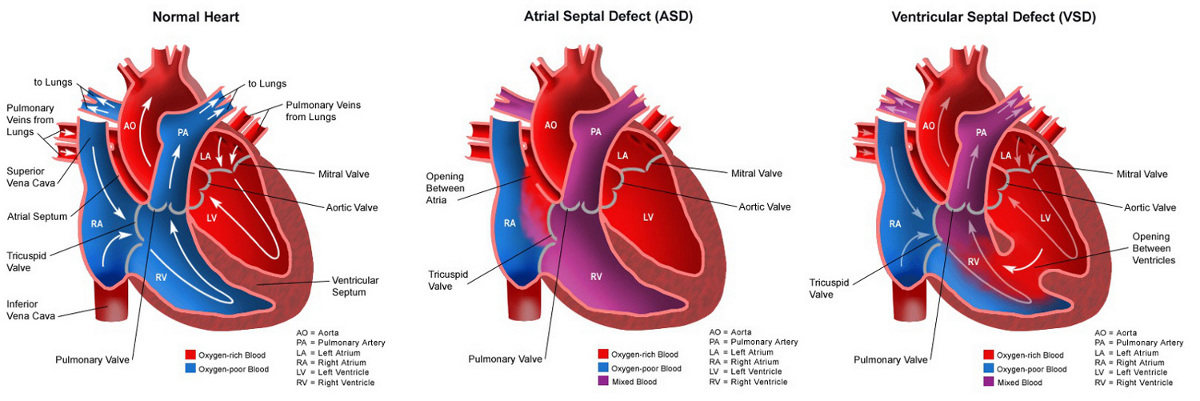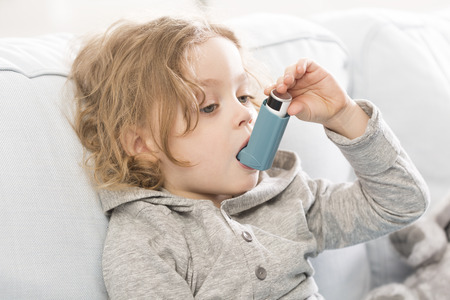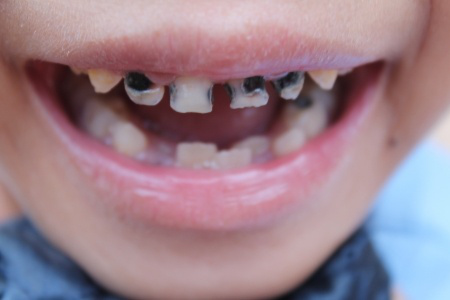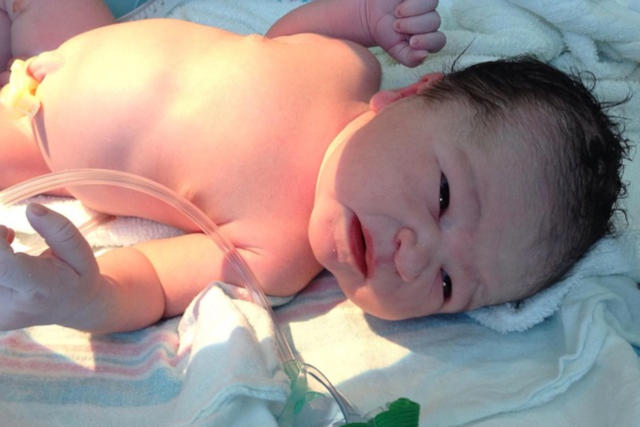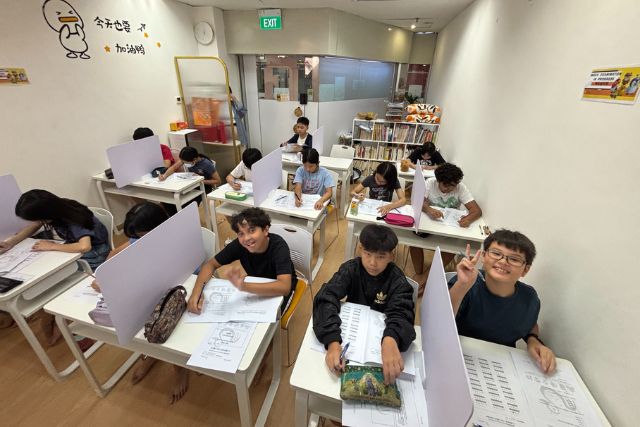The nose is very vascular, with a rich supply of blood vessels. The mucosa membrane covering the blood vessels is thin and easily traumatised, exposing underlying blood vessels that can be torn.
90% of nose bleeds are anterior and capillary blood vessel origin, thus a slow ooze. Back of the nose bleeds are more often arterial in origin, and can be profuse and harder to stop.
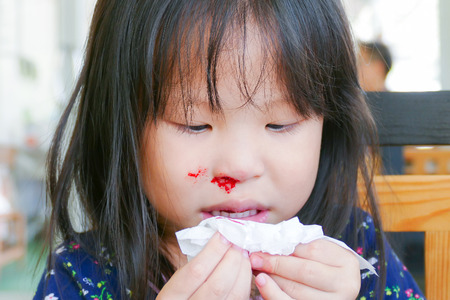
Causes
The risk of bleeding is increased when there is a flu or nose infection, dry air, violent sneezing or rubbing of the nose in allergic rhinitis, and crooked nasal bone.
Patients in pregnancy, with hypertension and hardening of the blood vessels (atherosclerosis), and on blood thinner medication (eg warfarin, Plavix, aspirin and non-steroidal anti-inflammation, ginko and vitamin E drugs) are more prone.
The snorting of cocaine, tumours, and blood coagulation disorders are rarer causes. However, as nose cancer is relatively common in Singapore, recurrent nose bleeds in adults should be investigated.
The most common cause of nose bleeds in Singapore is allergic rhinitis and nose infections which lead to nose picking and violent sneezing. Travel overseas to dry and low-humidity countries is also common.
Treatment
One should be concerned if a baby has a nose bleed if the bleeding is a large volume, rapid and not stopped by simple nose pressure, or from significant head trauma. Also if recurrent or with headache, infections, neck lumps or ear blocks.
⇒ Related Read: My child has frequent nose bleeds
Simple self-help measures for minor bleeds
Do not dig or stuff tissue into the nose. Do not blow your nose or sneeze with your mouth closed.
- Sit and tilt your head forward. Do not lie down or put your head lower than your body.
- Press tightly on both sides of the lower third soft part of the nose with the pulps of your first 3 fingers for at least 10 minutes.
- Breathe through your mouth. Repeat if bleeding recurs.
- Rest, with head propped up. Avoid straining, carrying heavy things or physical exercises.
- Saline or Oxymetazoline nose drops, hemostatic gel, lubricating or antibiotic nasal ointment may be prescribed.
Seek A&E or ENT management for major bleeds
- An intravenous line with continuous vital signs monitoring is started.
- Pledgets soaked with vasoconstrictor medication are placed into the nose. A small bleeding vessel can be cauterised with a silver nitrate stick or electrocautery.
- More aggressive bleeds will need sponge-like Merocel packs or ribbon gauze with nasal balloon packing and observation for a few days.
- Occasionally, embolization or surgical ligation of larger blood vessels may be needed.
This was contributed by Dr Lynn Lim, paediatric ENT specialist at Mount Elizabeth Hospital.
For more health resources, visit Health Plus.
* * * * *
Like what you see here? Get parenting tips and stories straight to your inbox! Join our mailing list here.
Want to be heard and seen by over 100,000 parents in Singapore? We can help! Leave your contact here and we’ll be in touch.









































